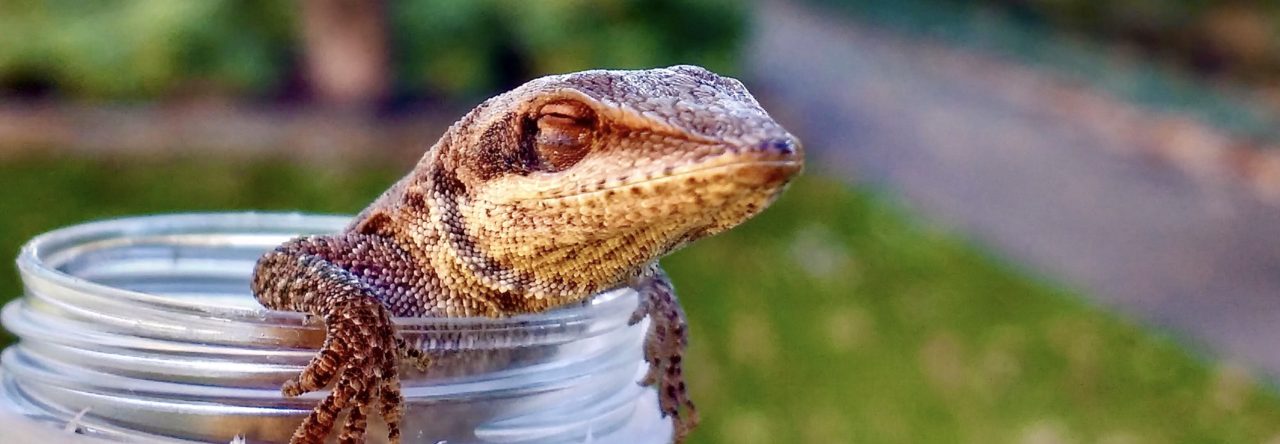
Photo credit to Francisco Araya.
Written by Wagner Chaves-Acuña and Diego Salas-Solano
Recent fieldwork at the stunning Veragua Rainforest Reserve in Costa Rica’s Caribbean region has brought to light fascinating new insights about Anolis biporcatus, a vibrant green lizard that spends much of its life hidden high in the forest canopy, far from human observation. Through the combined efforts of dedicated scientists and the invaluable local guides and staff at Veragua, we’ve managed to document behaviors never before recorded in this species (see Chaves-Acuña & Salas-Solano, 2024).
Collaboration is Key.
This work wasn’t accomplished by scientists alone. Our collaboration with the naturalist guides and community members at Veragua has been a key part of the process. What might seem like a groundbreaking revelation for us is often part of the daily lives of these dedicated people who live alongside these and many other forest species. Guides such as Kenneth Gonzales Najera, Francisco Araya, Mónica Rojas Rodríguez, and Junior Calderón Villalobos have contributed enormously by observing and capturing footage of the lizards’ behavior, helping us document crucial moments. Thanks to the proximity of the research station to the field sites, we are able to quickly validate and build on this information, creating a dynamic exchange of knowledge, where both science and local expertise come together to unveil nature’s mysteries.
This connection with the local community not only enhances our research but also turns them into passionate guardians of the rainforest. By participating in these projects, they become advocates for conservation and sustainable practices, helping protect the unique biodiversity of this incredible region.
Observing a Miniature World Where Every Detail Counts in the Delicate Dance of Attraction.
Visual displays are a fascinating form of lizard communication, especially during courtship and mating. Males, with their striking blue-centered, red-bordered dewlaps and females with their uniformly white dewlaps both engaged in frequent dewlap extensions during courtship. When a male flares his dewlap, he’s sending important signals about his strength, health, and even genetic fitness, helping females make informed choices about their potential mates. On the other hand, the female’s dewlap display may signal her receptivity to courtship or convey her status to other lizards of the same species. In some cases, it may even function as a way to deter unwanted advances or to assert her presence in a particular area.
The Magic of Color Change.
These lizards normally remain bright green to blend in with the leaves and branches around them. But during courtship, the males undergo rapid color transformations, shifting to darker tones with bold stripes or patches. This color dance may be a visual signal to the females or perhaps a warning to other males in the area. In one particularly dramatic moment, we witnessed a male change color just after biting the female’s neck, a gesture that often precedes mating.
Mating isn’t Easy When You Live in a Forest of Towering Trees.
Most of the time, we observed the lizards mating head-down on vertical tree trunks. The male would hold on tightly to the female with one arm and leg, wrapping the others around her midsection to ensure they stayed in contact. Sometimes, the male’s tail even helped him maintain balance. It’s amazing to see how well they’ve adapted to life in the forest’s complex, vertical world.
What’s particularly surprising is that, although Anolis biporcatus is usually found high up in the canopy, most of our observations happened at just 2 meters above the ground, with only one at 3 meters. This suggests these lizards are more flexible than we thought, using a range of heights in the forest to suit their needs.













